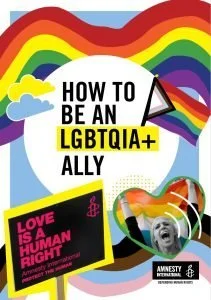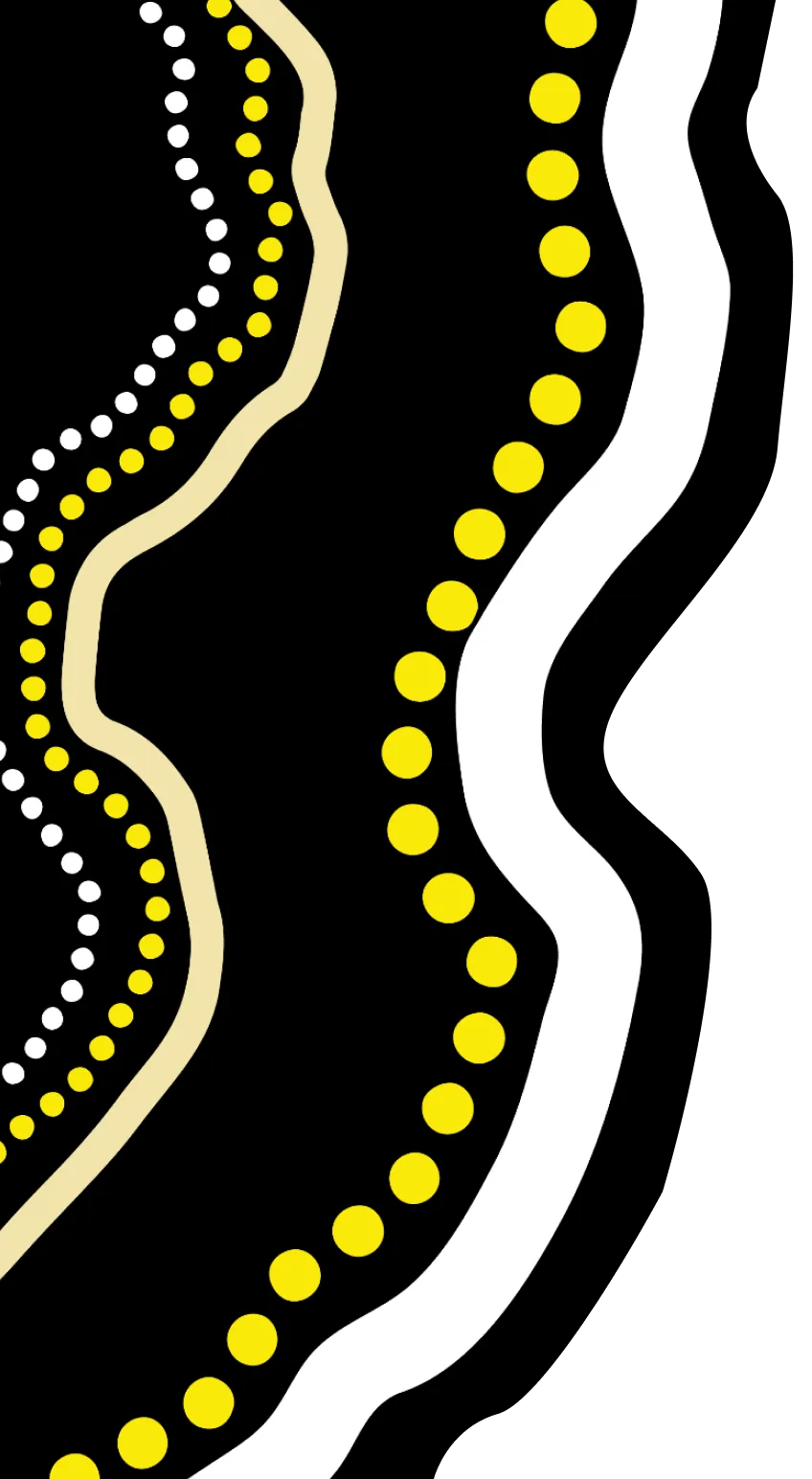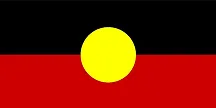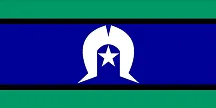The answers revealed
Keep an eye on your phone – we’ll be in touch to send you your LGBTQIA+ ally guide!

This guide presents simple and practical advice for all of us, as we strive to better support the LGBTQIA+ people in our lives and challenge discrimination facing the LGBTQIA+ community. Together, we can help build a safer, kinder and more equal world where human rights are enjoyed by all, regardless of who we love, how we dress or how we identify.
Question 1: What does the ‘T’ in LGBTQIA+ stand for?
Answer: b. The ‘T’ in LGBTQIA+ stands for transgender which describes a person whose gender does not exclusively align with the sex they were assigned at birth.
Question 2: What does the ‘Q’ in LGBTQIA+ stand for?
Answer: c. The ‘Q’ in LGBTQIA+ stands for queer and/or questioning. Queer is often used as an umbrella term for diverse genders or sexualities. Some people use queer to describe their own gender and/or sexuality if other terms do not fit. For some people, especially older LGBTQIA+ people, ‘queer’ has negative connotations because in the past it was used as a derogatory term. Questioning is used to refer to people who are still exploring or questioning their gender or sexual orientation.
Question 3: What does the ‘I’ in LGBTQIA+ stand for?
Answer: a. The ‘I’ in LGBTQIA+ stands for intersex. People with intersex variations have innate sex characteristics that don’t fit medical and social norms for female or male bodies. Sex characteristics are physical features relating to sex, including
chromosomes, genitals, gonads, hormones, and other reproductive anatomy, and secondary features that emerge from puberty.
Question 4: What does the ‘A’ in LGBTQIA+ stand for?
Answer: c. The ‘A’ in LGBTQIA+ stands for asexual and/or aromantic. An asexual person experiences little to no sexual attraction to others. This is different to someone who is aromantic, meaning someone who experiences little to no romantic attraction.
Question 5: What does the ‘+’ in LGBTQIA+ mean?
Answer: c. The ‘+’ in LGBTQIA+ refers to the huge variety of identities that exist under the umbrella terms listed above, or who aren’t represented with the letters “LGBTQIA”, but who form part of the same community. This includes people who identify as pansexual, demi-sexual, non-binary, genderqueer, gender non-conforming, and more. The acronym is an evolving one, as the language we use becomes more inclusive!
You are part of a movement defending equality and demanding safety for all.
From all of us at Amnesty, thank you. Your support as an ally is changing lives.


